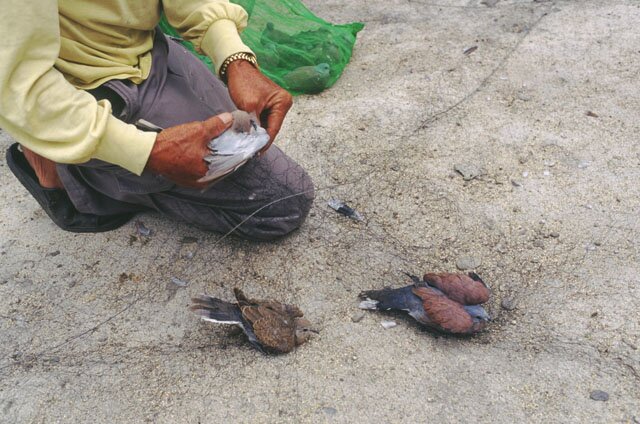BROWSE COUNTRIES/ TERRITORIES
The Fuqing connection
The rise of Liem Sioe Liong owes a lot to circumstances, particularly the fact that he hails from Fuqing in the northern Fujian province of China.
In diaspora of overseas Chinese, clans have played a major part in shaping the fates of various tycoons and businesses. Linked by family ties and a wider network, members of the same clans — Fujian, Guangdong, Hainan, etc. — tend to stick together, giving and requiring assistance from one other. Various clans also monopolise certain businesses. The Chaozhou (Teochew) clan, of which the most famous member is Li Ka-shing, used to run the rice trade in Indochina; while the Hainanese focus very much on restauration.
The diaspora came in successive waves. In Southeast Asia, the first waves consisted of those from southern Fujian, where the land was less arable and the people were poor. It took a few more wars and droughts to push people from further north, those from the provincial capital of Fuzhou and the surrounding areas such as Fuqing, to seek their fortune or salvation in the “southern ocean”, Southeast Asia.
By the time the Fuqing people landed in Malaysia, Singapore and Indonesia, most of the more lucrative trades had been taken by the early comers. They were forced to take on more demeaning jobs, such as cooking and hairdressing. (The Chinese consider touching other people’s heads a lowly job — an irony, since some Chinese stylists now charge US$1,000 or more for a cut).
Adversity sometimes breeds success. In Singapore the Fuzhou clan, forced to deal with bicycles before WWII, found their goods in great demand during the 1942-1945 Japanese Occupation. After the war they used the capital accumulated to leverage themselves into the used car business, which they dominated till today.
In Malaysia, Robert Kuok, a Fuzhou man, became the richest man in the land by working with the government on flour and sugar monopolies. But the greatest success of the Fuzhou clan, and indeed, its smaller member, the Fuqing clan, is in Indonesia.
Forced to look for non-traditional outlets, the Fuqing people threw their lot with the new Suharto government (1967–1998). They found Suharto when the latter was a mere general and hitched their fortunes with him. This paid off handsomely.
By the 1980s, the Fuqing clan dominated a large part of the growing Indonesian economy. Among them the most famous, or infamous, was Liem Sioe Liong or Sudono Salim, whose Salim Group accounted for 5% of the entire Indonesia gross domestic product in its heyday. Then there was Henry Pribadi (whose Chinese surname was also Liem, or Lim) of the banking to petrochemical Napan group; Djuhar Sutanto (another Lim), a close business associate of Liem Sioe Liong; Hendra Rahardja who rose to fame and superb wealth as an agent for Yamaha. Of them, the only one who could rival Liem in wealth — though not in influence — was Rachman Halim, whose family cigarette business Gudang Garam held the pole position in Indonesia.
After the fall of Suharto, many of the Fuqing tycoons, like those of other clans, quietly transferred part of their wealth out of Indonesia. Very often the money is parked with clan members in other countries in the region.
Related Stories:
Login or Register
 Lee Han Shih is the founder, publisher and editor of asia! Magazine.
Lee Han Shih is the founder, publisher and editor of asia! Magazine.
- Asian Dynasties and History
- Conservation of the Environment
- Definition: Culture
- Economy and Economics
- Food and Recipe
- Geopolitics and Strategic Relations
- Health and Body
- Of Government and Politics
- Religion and Practices
- Social Injustices and Poverty Report
- Society, Class and Division
- Unrest, Conflicts and Wars

































 Another Point
Another Point From Jerusalem to the West Bank
From Jerusalem to the West Bank
Comments
Post new comment